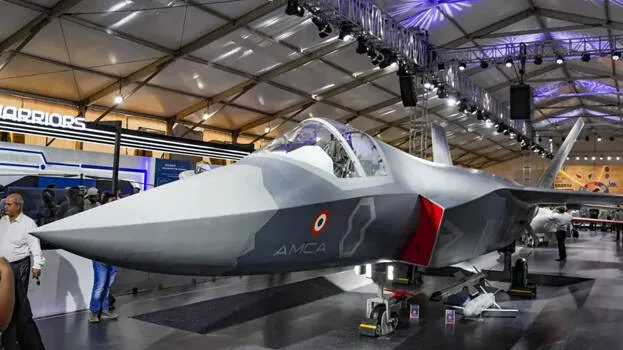

NEW DELHI: The Ministry of Defence has approved the development of a prototype of India's fifth-generation fighter aircraft. India has already completed the radar, satellite technology, stealth technology and design required for a fifth-generation fighter aircraft under the Advanced Medium Combat Aircraft (AMCA) project. Now, the engine development of the fighter aircraft needs to be done. For this, India is planning to jointly develop the engine in collaboration with foreign companies. Discussions for the project are underway.
The AMCA project will also be carried out in collaboration with private defence companies in India. If a full-scale prototype is built and test-flighted successfully, India will join the list of a few countries that can design and manufacture a fifth-generation aircraft on their own. Currently, only the United States, Russia, China, and Turkey have the technology to build a stealth fighter aircraft. Through the AMCA project, India will become the fifth country to boast about owning this technology.
The Aeronautical Development Agency (ADA) is in charge of the project. ADA will implement the AMCA project by engaging private defence companies. India had indigenously developed all the technologies required for this aircraft.
AMCA is designed as a twin-engine multi-role fighter aircraft. AMCA will have internal weapon bays for carrying weapons, state-of-the-art avionics and supercruise. Along with this, it can also act as a command centre for simultaneously controlling unmanned combat aircraft under the Loyal Wingman project. Loyal Wingman is a project in which a pilot controls a group of drones and fights enemies. For this, a drone called Cats Warrior is being developed by DRDO and ADA.
India has developed a state-of-the-art electronic warfare suite for the AMCA. At the current pace, the first AMCA will be delivered to the Air Force by 2035. The Cabinet Committee on Security approved the AMCA project in 2024. DRDO Chairman Samir Kamat had said that the first fighter aircraft could be delivered within ten years.
